For Outside: Travertine Paver or Tiles? Choose Your Side

When it comes to designing your outdoor space, one of the most important decisions you’ll face is choosing the right material. Travertine, a popular natural stone, offers two main options: pavers and tiles. But which is the better choice for your project? In this article, we’ll explore the differences between travertine pavers and tiles, helping you decide which one best suits your needs.
Understanding Travertine Pavers vs. Tiles
Travertine Pavers: Travertine pavers are thicker and more robust, making them ideal for heavy-duty outdoor applications. They’re typically used for areas that require a durable, load-bearing surface, such as driveways, walkways, and patios. Pavers are laid on a compacted base of gravel and sand, providing excellent drainage and stability.
Travertine Tiles: Travertine tiles, on the other hand, are thinner and lighter, making them more suitable for areas that don’t experience as much weight or traffic. Tiles are commonly used for outdoor kitchens, pool decks, and covered patios. They are usually installed on a concrete base with mortar, offering a smooth and elegant finish.
Benefits of Travertine Pavers
1. Durability and Strength Travertine pavers are known for their durability. Their thickness allows them to withstand the pressure of heavy foot traffic and even vehicles, making them an excellent choice for driveways and high-traffic areas.
2. Natural Drainage The installation method for pavers includes a gravel and sand base, which provides natural drainage. This feature is particularly beneficial in areas prone to heavy rainfall, as it helps prevent water pooling and reduces the risk of erosion.
3. Versatile Design Options Travertine pavers come in various sizes and patterns, allowing you to create a custom look that suits your outdoor space. Whether you prefer a classic Versailles pattern or a modern linear layout, pavers offer endless design possibilities.
Benefits of Travertine Tiles
1. Sleek and Elegant Appearance Travertine tiles offer a more refined and polished look compared to pavers. Their smooth surface and thinner profile make them ideal for creating a luxurious, seamless appearance in outdoor kitchens, patios, and pool decks.
2. Ease of Installation Because they are thinner and lighter, travertine tiles are easier to handle and install, especially in areas where a concrete base is already in place. This can reduce labor costs and installation time.
3. Ideal for Covered Spaces Travertine tiles are perfect for covered patios or areas that don’t experience as much exposure to the elements. Their polished finish adds a touch of elegance to any outdoor space, making it feel like an extension of your indoor living area.
Choosing the Right Option for Your Space
When deciding between travertine pavers and tiles, consider the following factors:
- Purpose: If you’re paving a driveway or a high-traffic area, pavers are the way to go. For pool decks, patios, and outdoor kitchens, tiles offer the elegance and smooth finish you may desire.
- Climate: Pavers with their natural drainage system are better suited for regions with heavy rainfall. Tiles are great for drier climates or covered areas.
- Budget: While both options offer excellent value, pavers might require more preparation and materials, potentially increasing the overall cost. Tiles, being easier to install, might be more cost-effective in certain scenarios.
Conclusion
So, which side are you on—travertine pavers or tiles? Both options bring their own set of benefits, depending on your specific needs and the demands of your outdoor space. Whether you prioritize durability and natural drainage or a sleek, elegant finish, travertine offers a versatile solution that can enhance the beauty and functionality of your exterior areas.
Ready to choose your side? Explore our selection of travertine pavers and tiles to find the perfect fit for your outdoor project. Need advice on making the right choice? Contact us today for expert guidance tailored to your needs.

 Best Selling Marble Collections
Best Selling Marble Collections
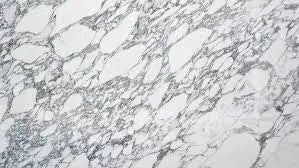 Arabescato Corchia
Arabescato Corchia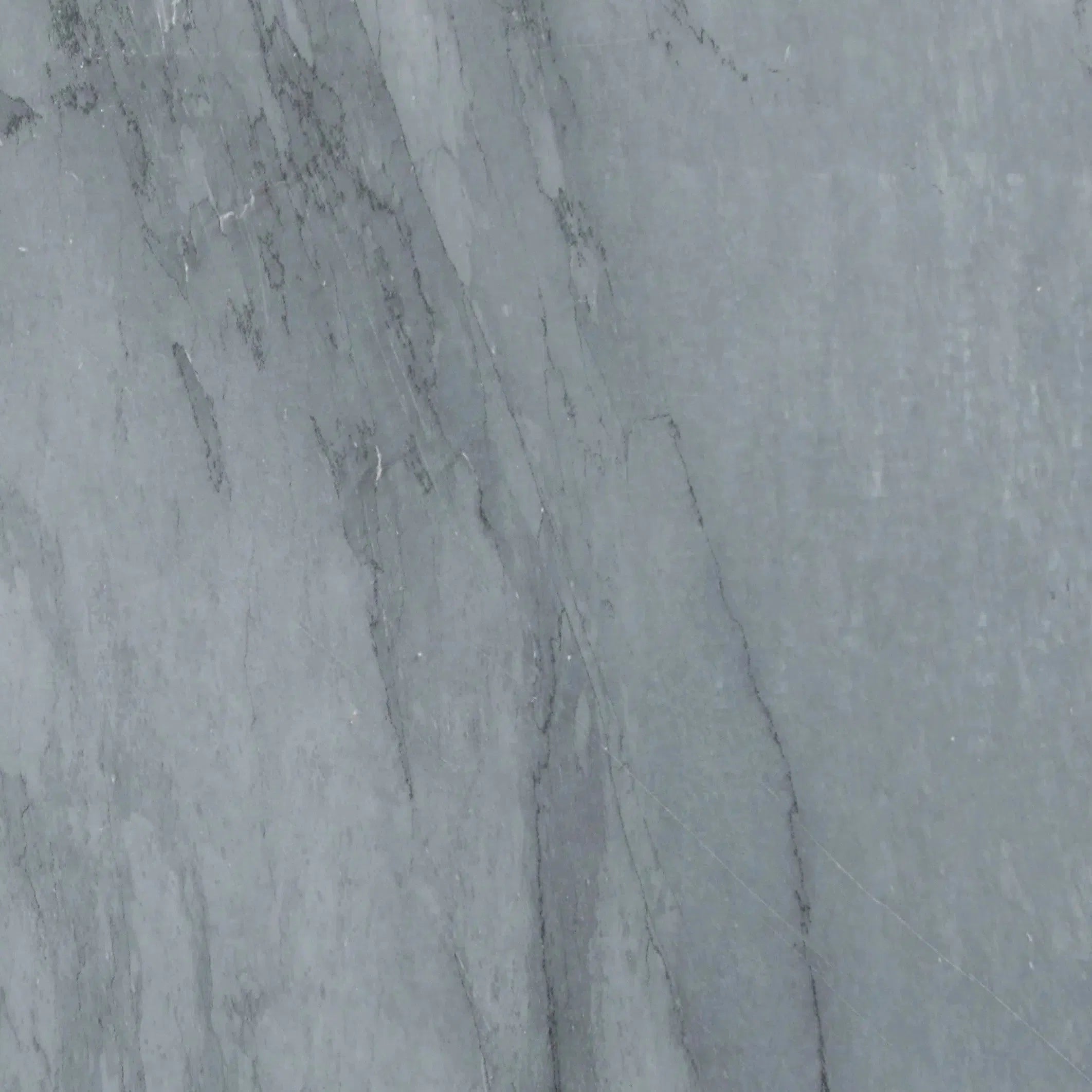 Bardiglio
Bardiglio Bianco Dolomite
Bianco Dolomite  Carrara White
Carrara White  Calacatta Gold
Calacatta Gold Crema Marfil
Crema Marfil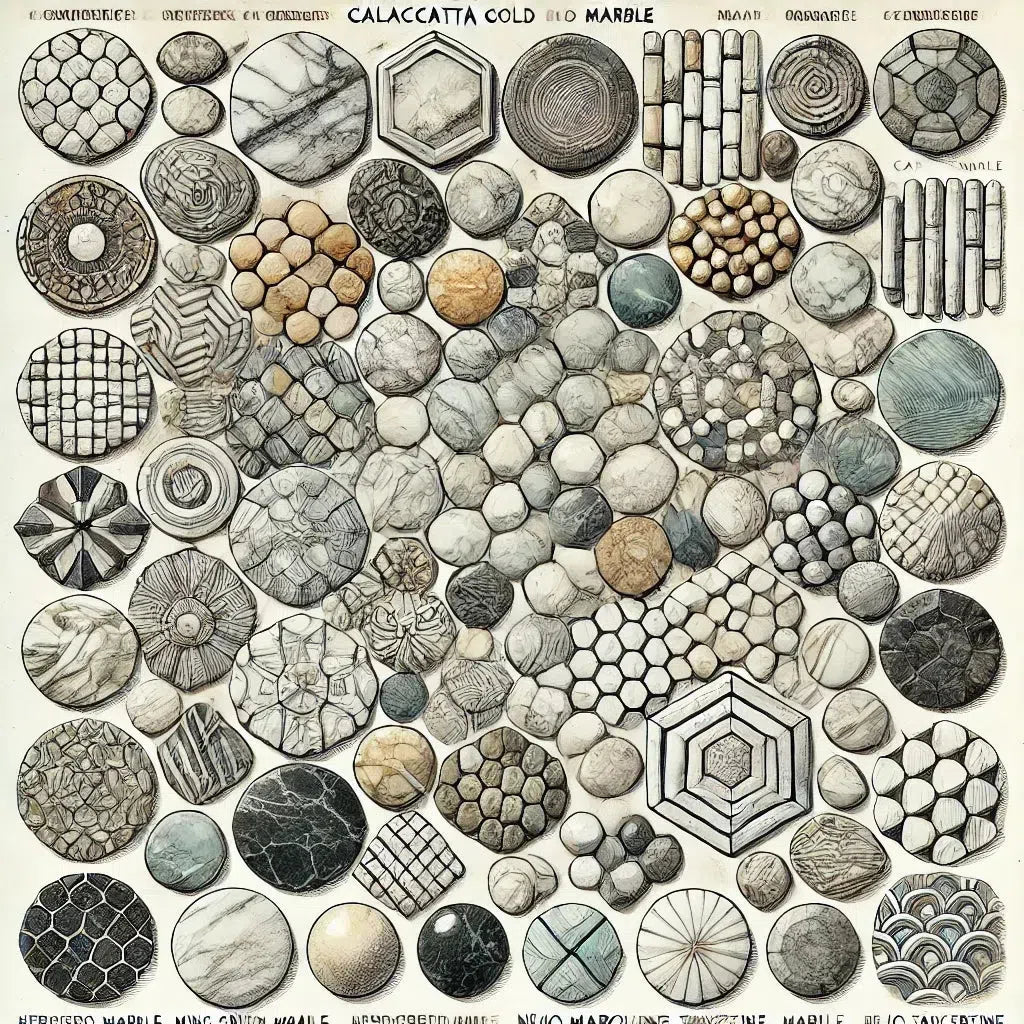 Custom Made Mosaic
Custom Made Mosaic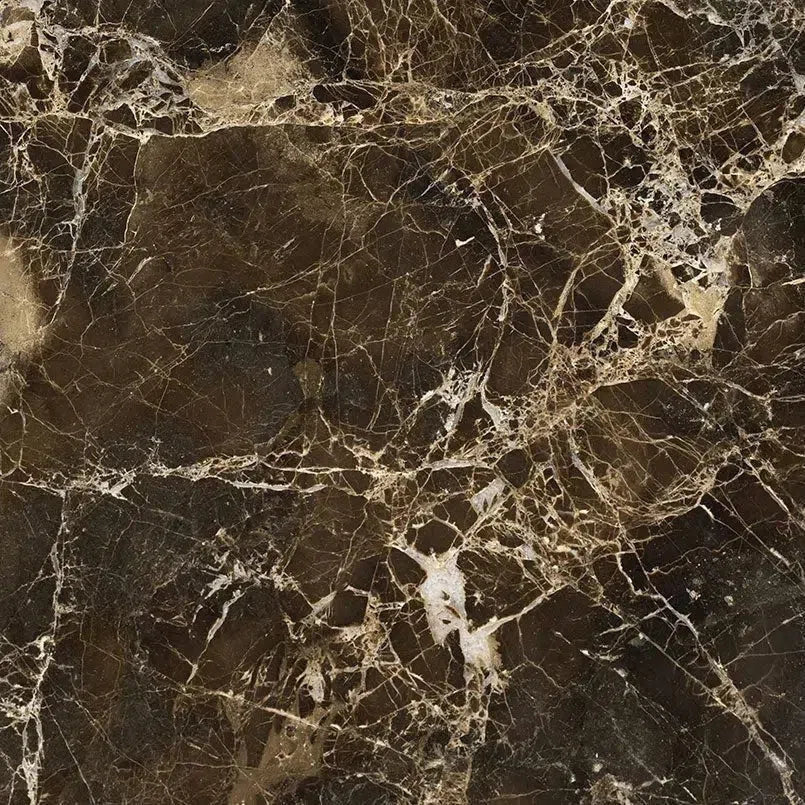 Emperador Dark
Emperador Dark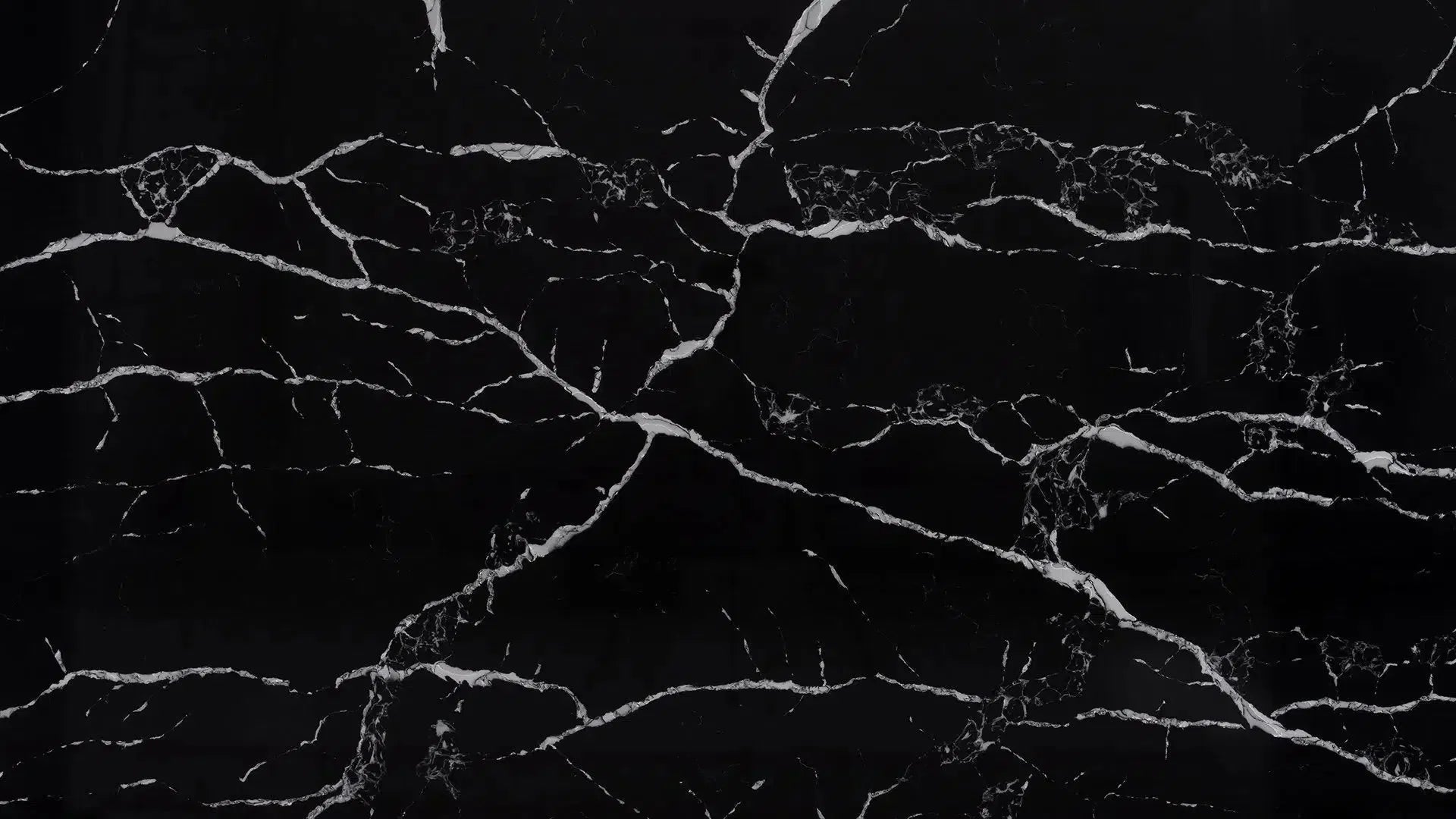 Nero Marquina
Nero Marquina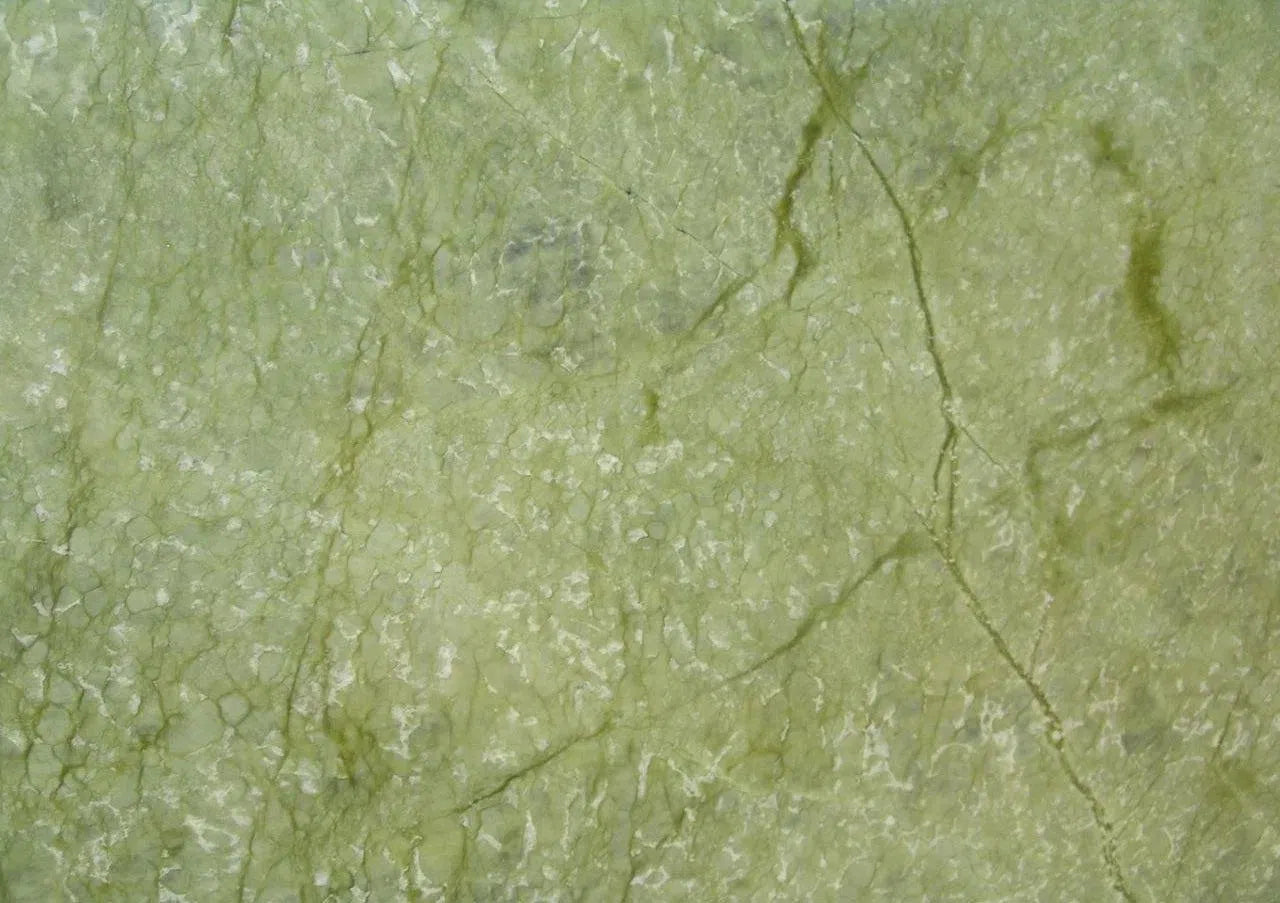 Ming Green Marble
Ming Green Marble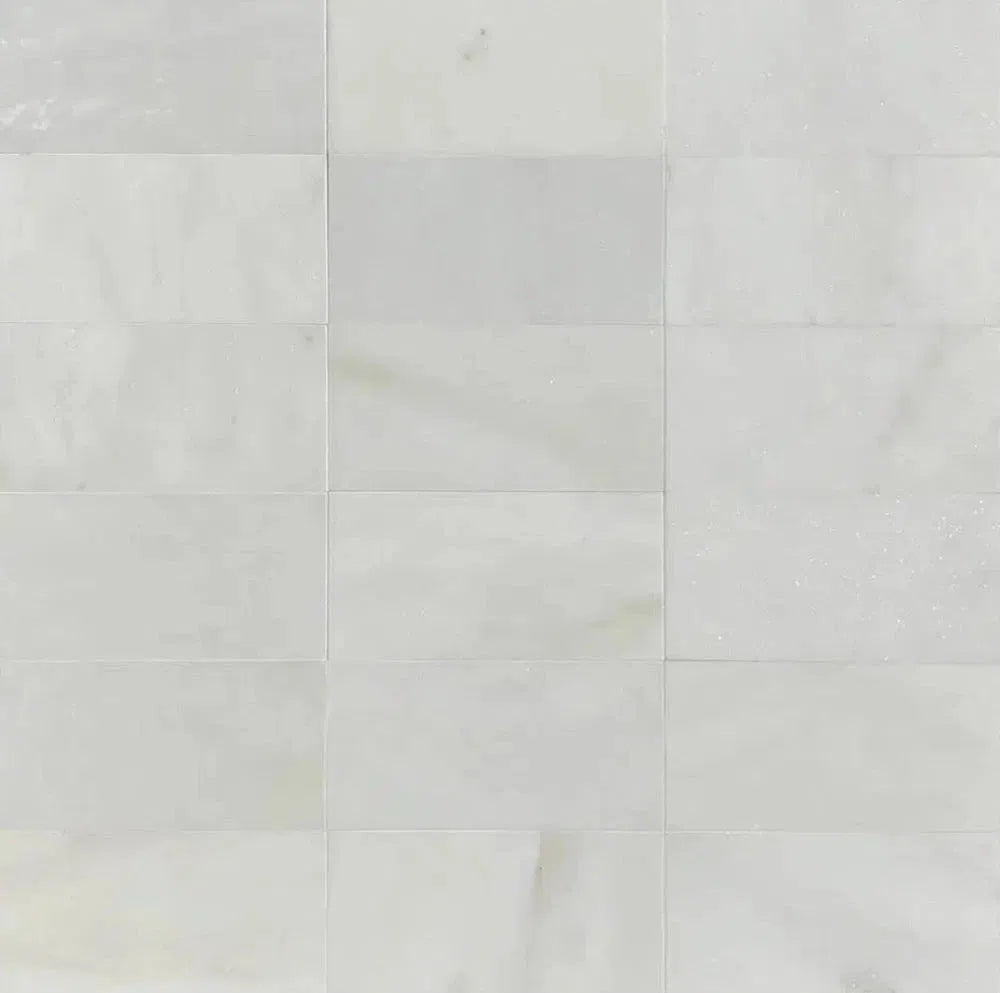 Oriental White Marble (Asian Statuary Marble)
Oriental White Marble (Asian Statuary Marble) Statuary - Statuario White (Italian) Marble
Statuary - Statuario White (Italian) Marble Thassos White
Thassos White White Pearl/Botticino Beige Marble
White Pearl/Botticino Beige Marble Best Selling Travertine Collections
Best Selling Travertine Collections
 Ivory Travertine
Ivory Travertine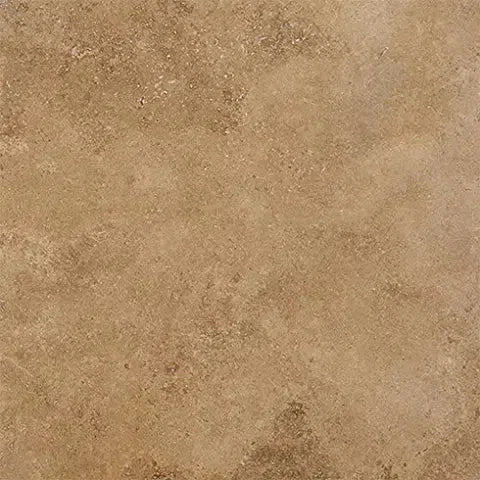 Noce Travertine
Noce Travertine Exotic Noce Travertine
Exotic Noce Travertine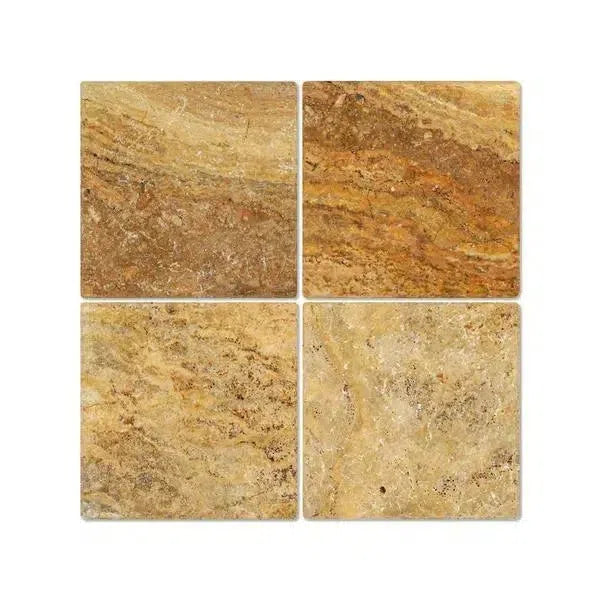 Scabos | Autumn Leaves Travertine
Scabos | Autumn Leaves Travertine Silver Travertine
Silver Travertine Exotic Travertine
Exotic Travertine Checkerboard
Checkerboard
 Patterned Tile
Patterned Tile
 Shop By Material
Shop By Material
 Travertine
Travertine Marble
Marble Limestone
Limestone Soap Stone
Soap Stone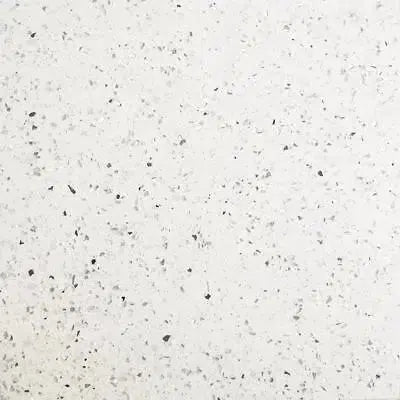 Quartz
Quartz Granite
Granite Shop By Name
Shop By Name
 Absolute Black Granite
Absolute Black Granite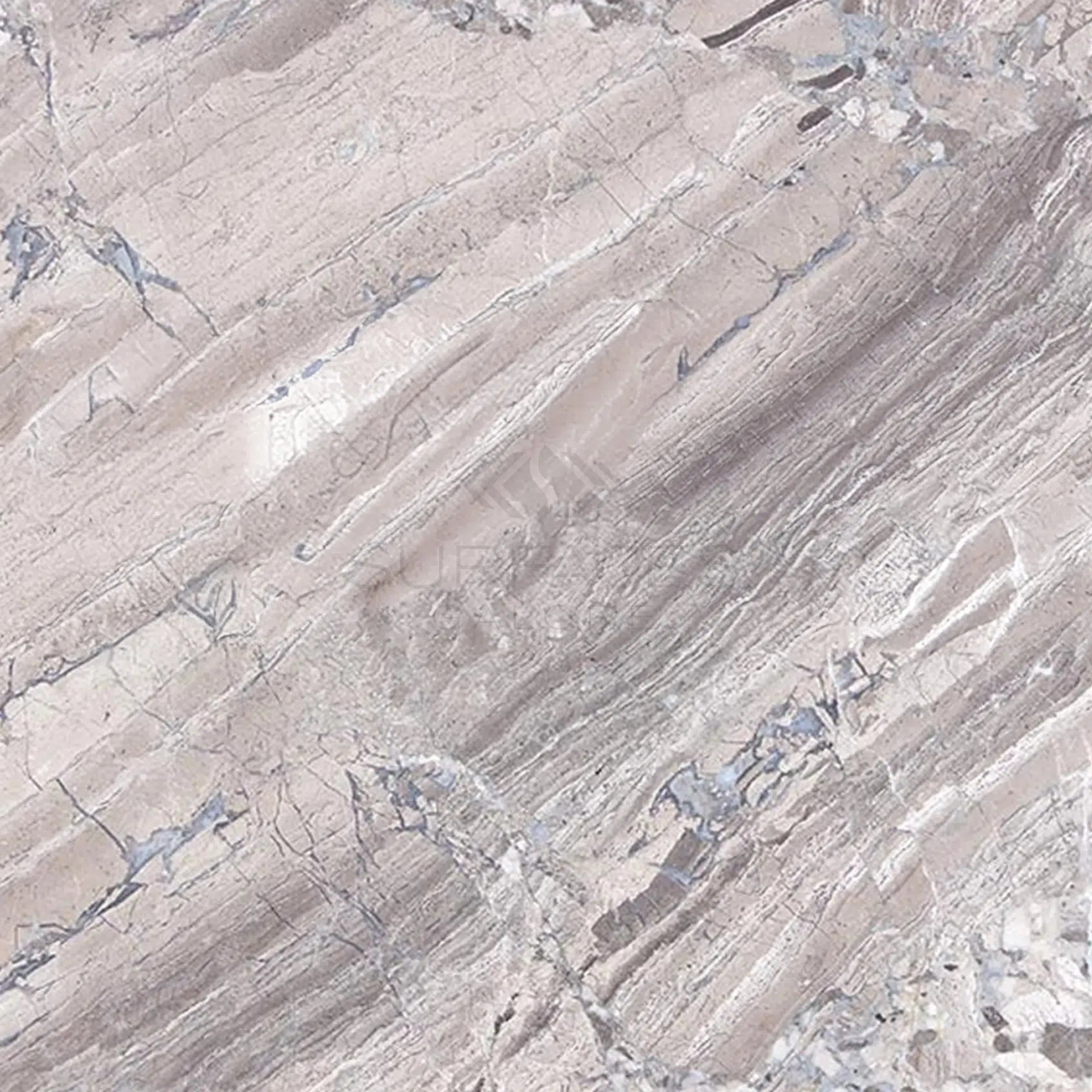 Atlantic Gray Marble
Atlantic Gray Marble Antico Onyx Travertine
Antico Onyx Travertine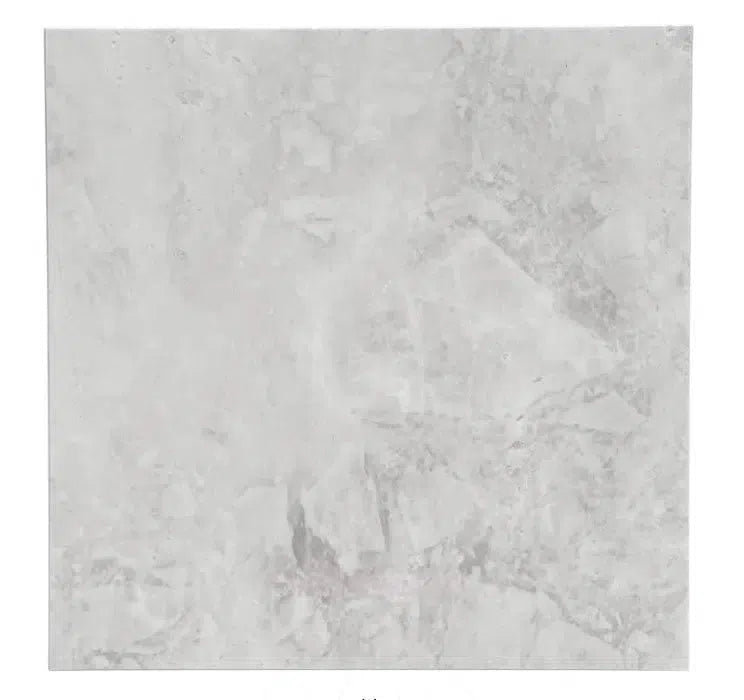 Bianco Congelato Dolomite
Bianco Congelato Dolomite Bianco Venatino (Bianco Mare) Marble
Bianco Venatino (Bianco Mare) Marble Calacatta Oliva Marble
Calacatta Oliva Marble Cappuccino Marble
Cappuccino Marble Diano Royal (Queen Beige) Marble
Diano Royal (Queen Beige) Marble Durango Cream Traverine
Durango Cream Traverine Emperador Light Marble
Emperador Light Marble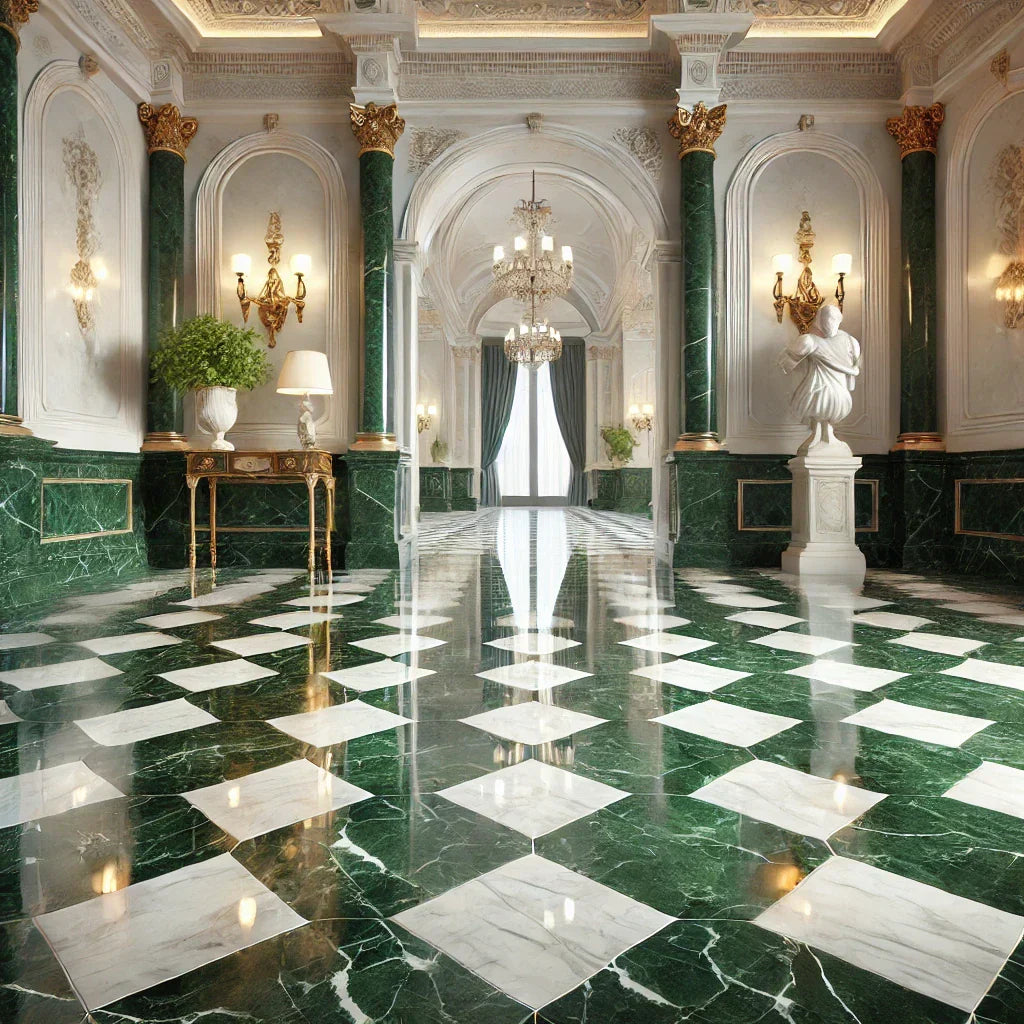 Empress Green Marble
Empress Green Marble Gold/Yellow Travertine
Gold/Yellow Travertine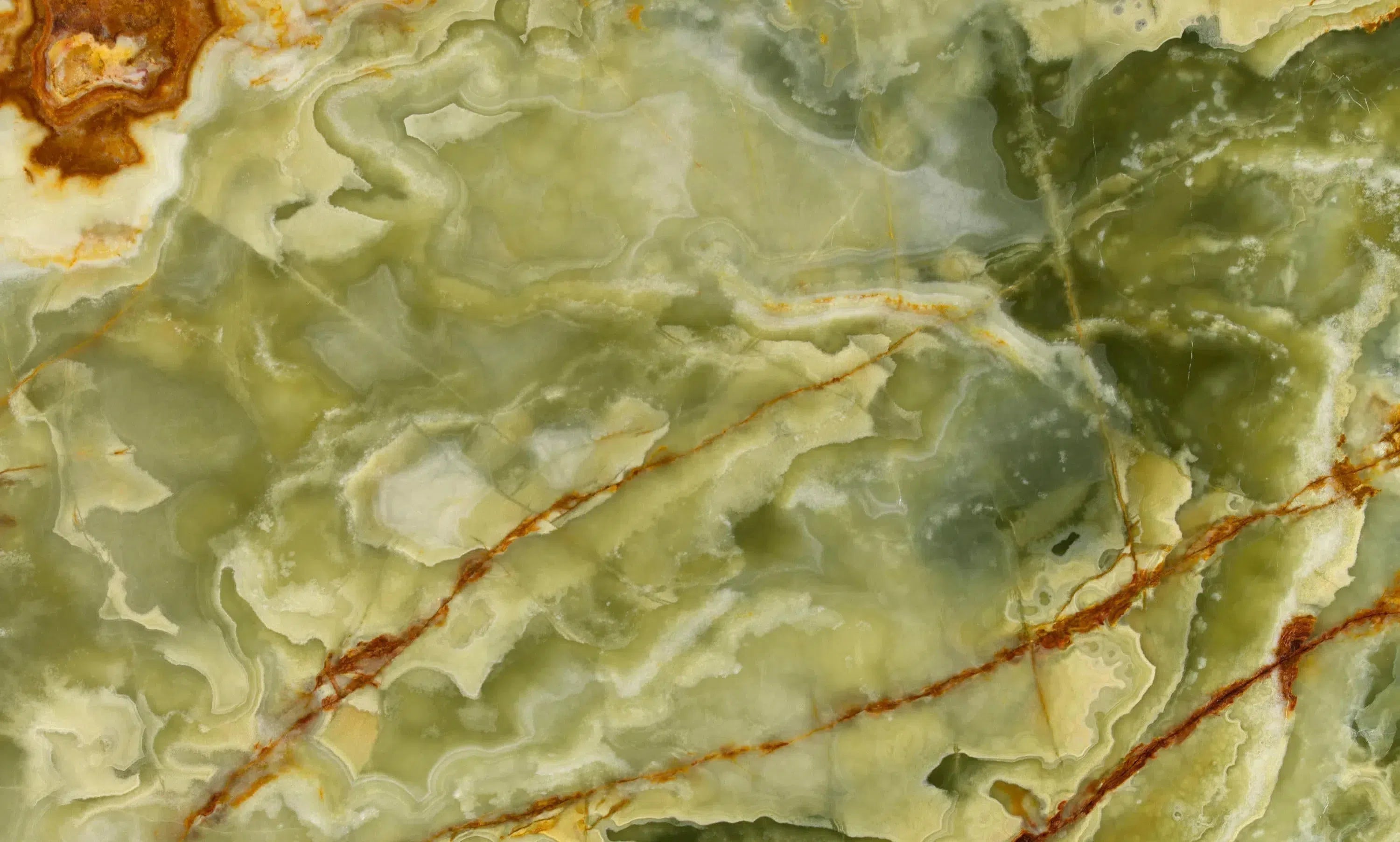 Green Onyx Marble
Green Onyx Marble Haisa Light (White Wood) Limestone
Haisa Light (White Wood) Limestone Honey Onyx Marble
Honey Onyx Marble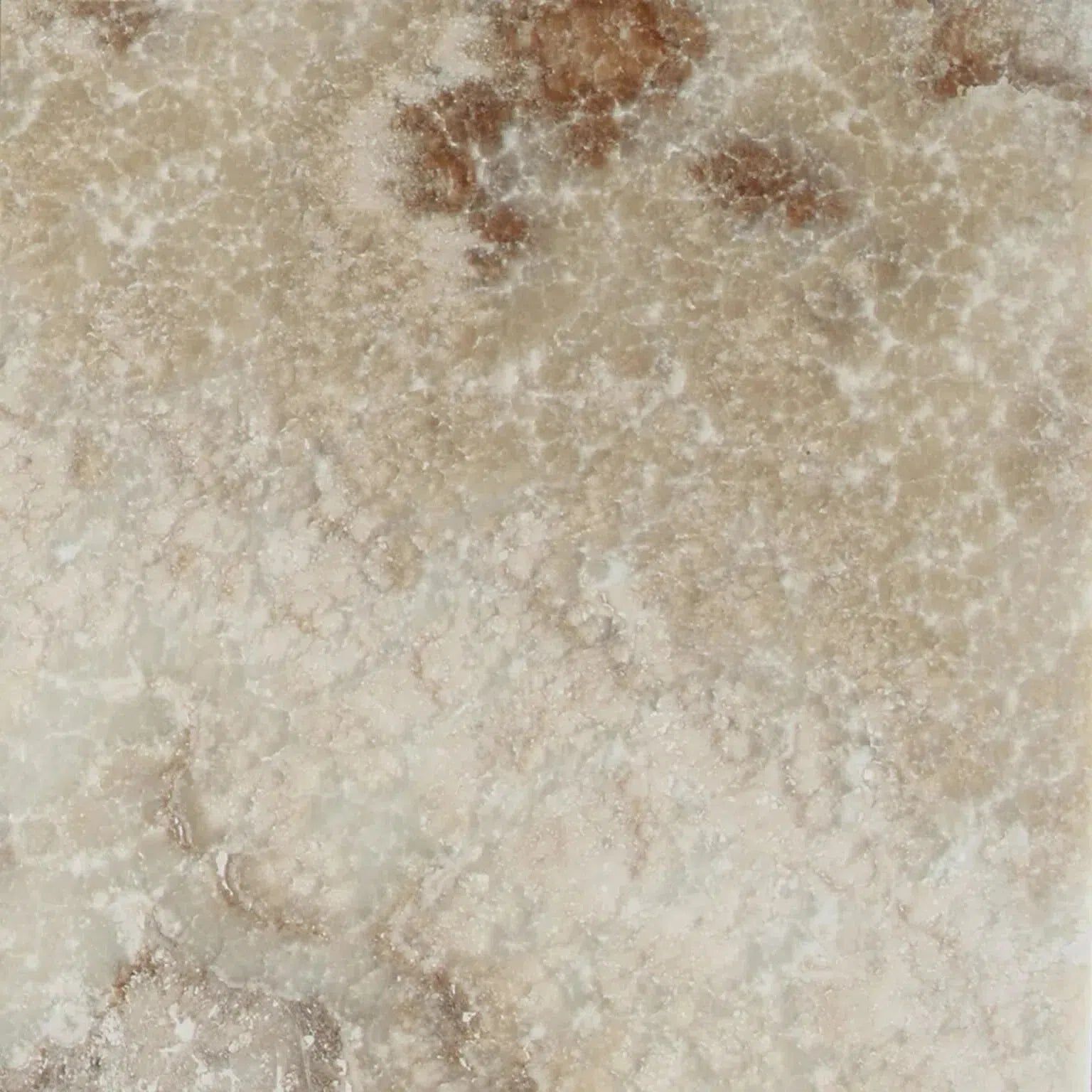 La Travonya Travertine
La Travonya Travertine Malibu Travertine
Malibu Travertine Mink (Equator) Marble
Mink (Equator) Marble Mixed (Ivory-Noce-Gold) Travertine
Mixed (Ivory-Noce-Gold) Travertine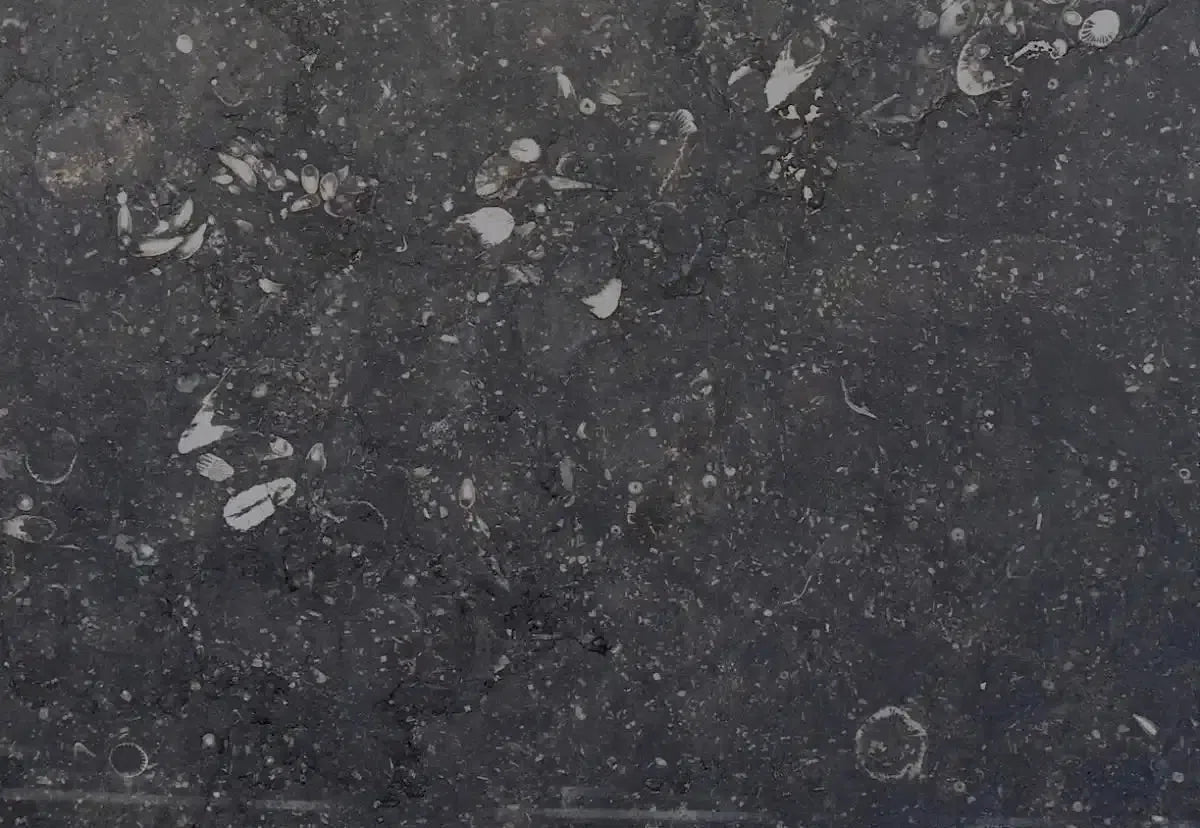 Pierre Bleue (Pierre Blue) Marble
Pierre Bleue (Pierre Blue) Marble Philadelphia Travertine
Philadelphia Travertine Rosé Aurora Marble
Rosé Aurora Marble Rosso Levanto Marble
Rosso Levanto Marble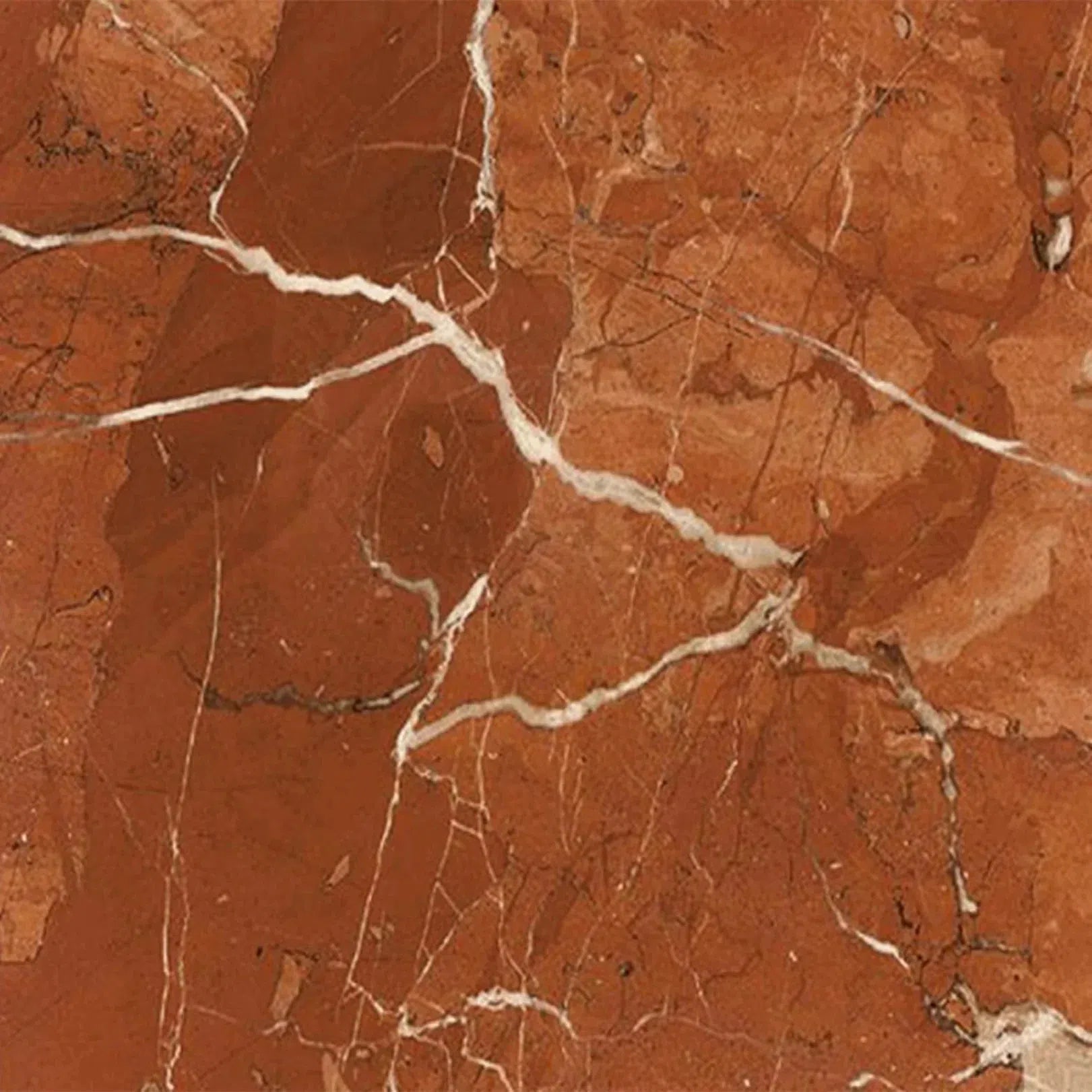 Rojo Alicante Marble
Rojo Alicante Marble Sky Blue | Azul Cielo Marble
Sky Blue | Azul Cielo Marble Snow White (Afyon White) Marble
Snow White (Afyon White) Marble Spanish Mix Marble
Spanish Mix Marble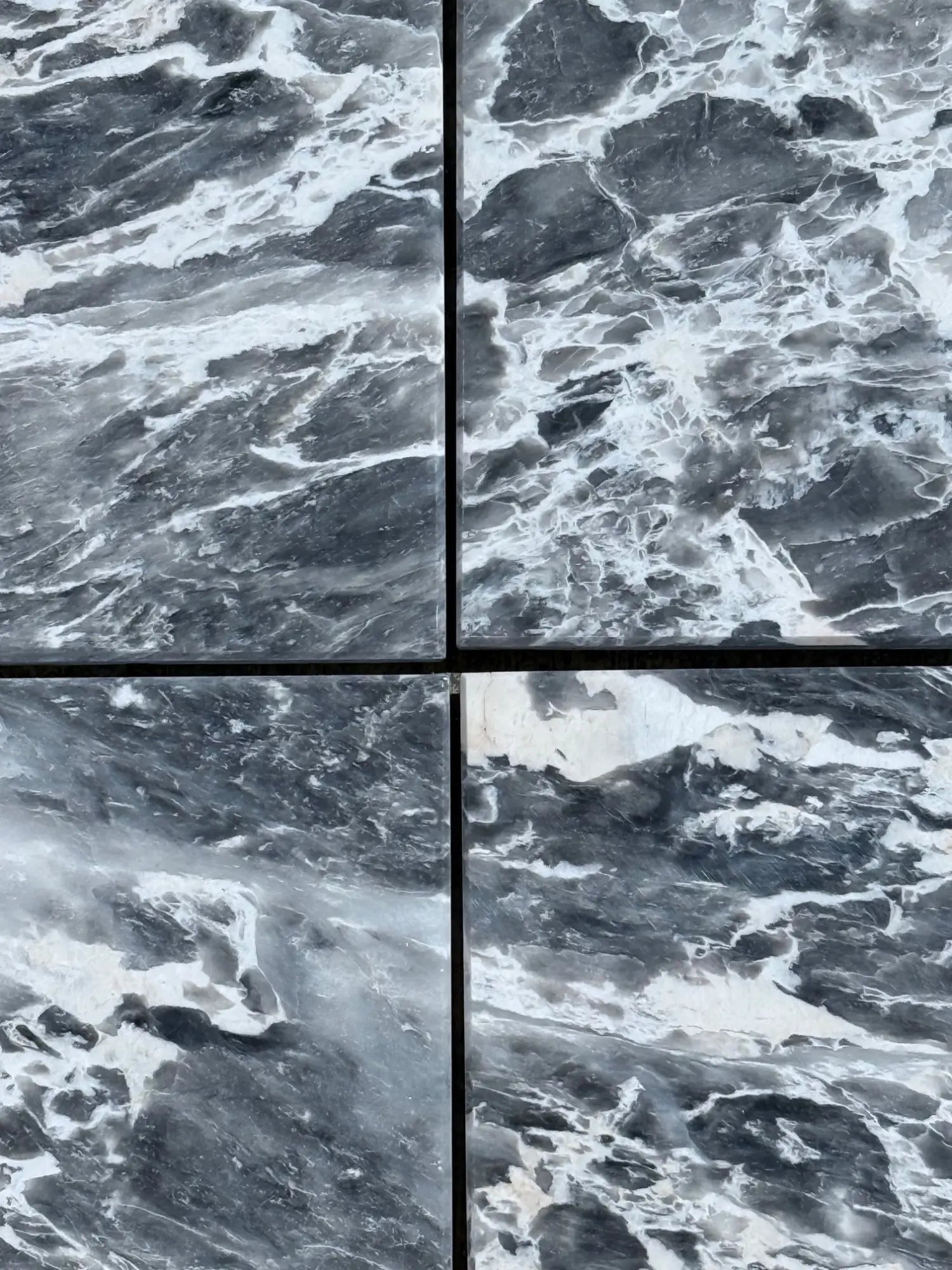 Storm Gray Marble
Storm Gray Marble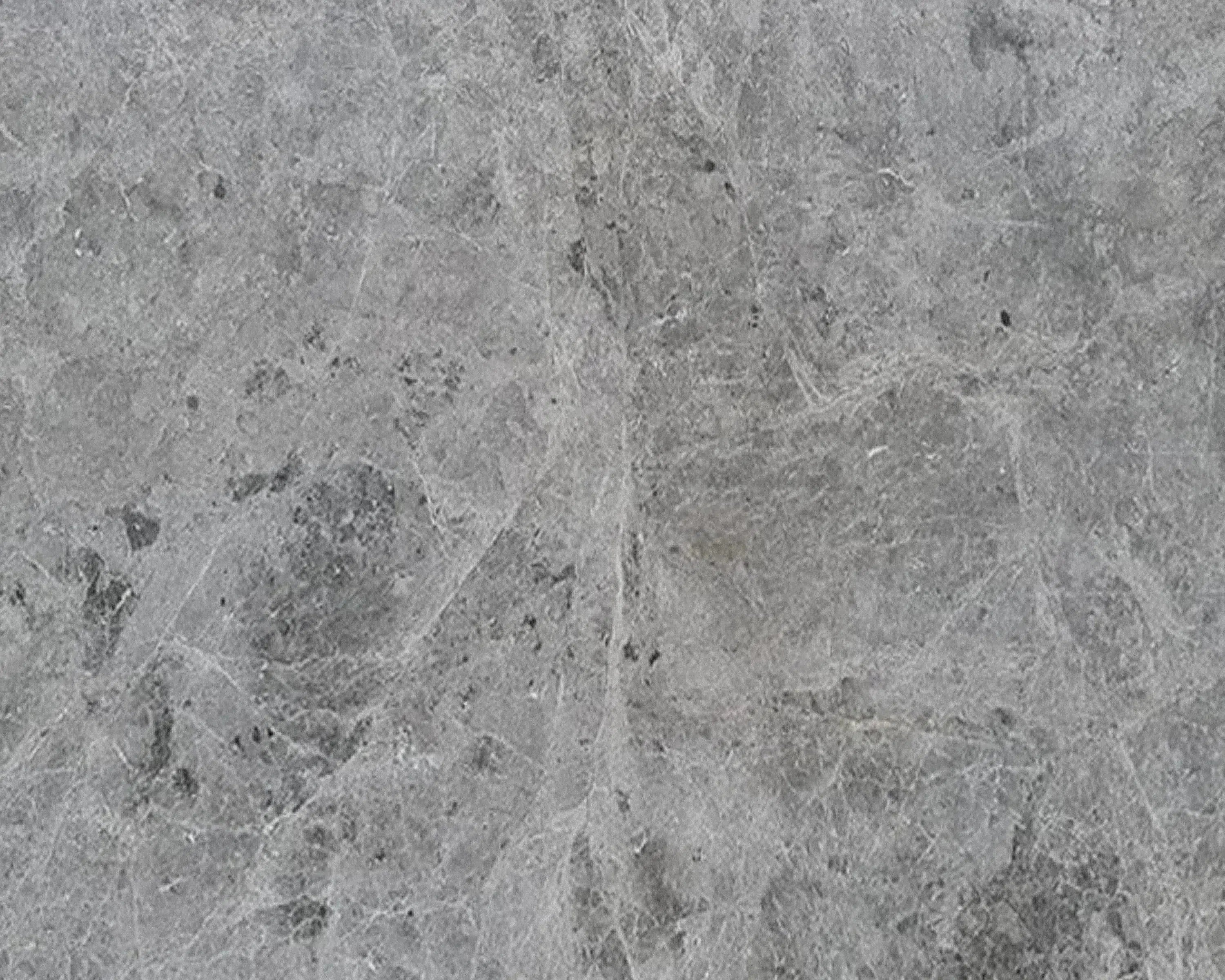 Tundra Gray (Atlantic Gray) Marble
Tundra Gray (Atlantic Gray) Marble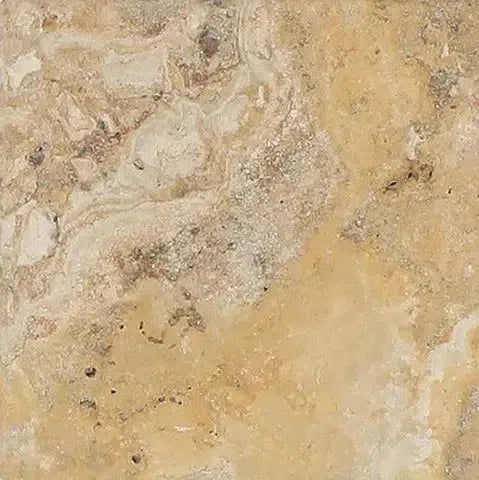 Valencia Travertine
Valencia Travertine Valerenga Travertine
Valerenga Travertine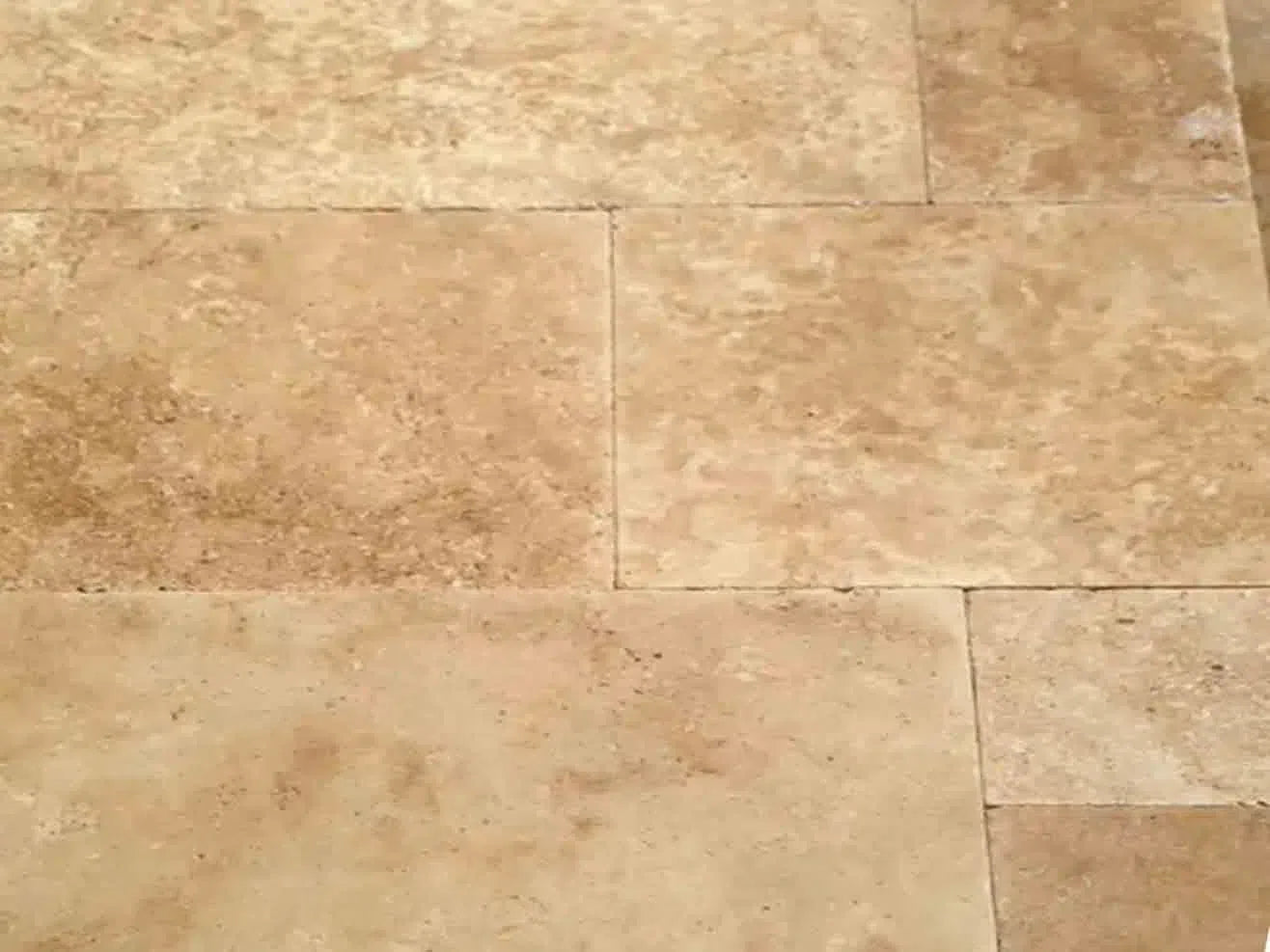 Walnut Travertine
Walnut Travertine White Onyx Marble
White Onyx Marble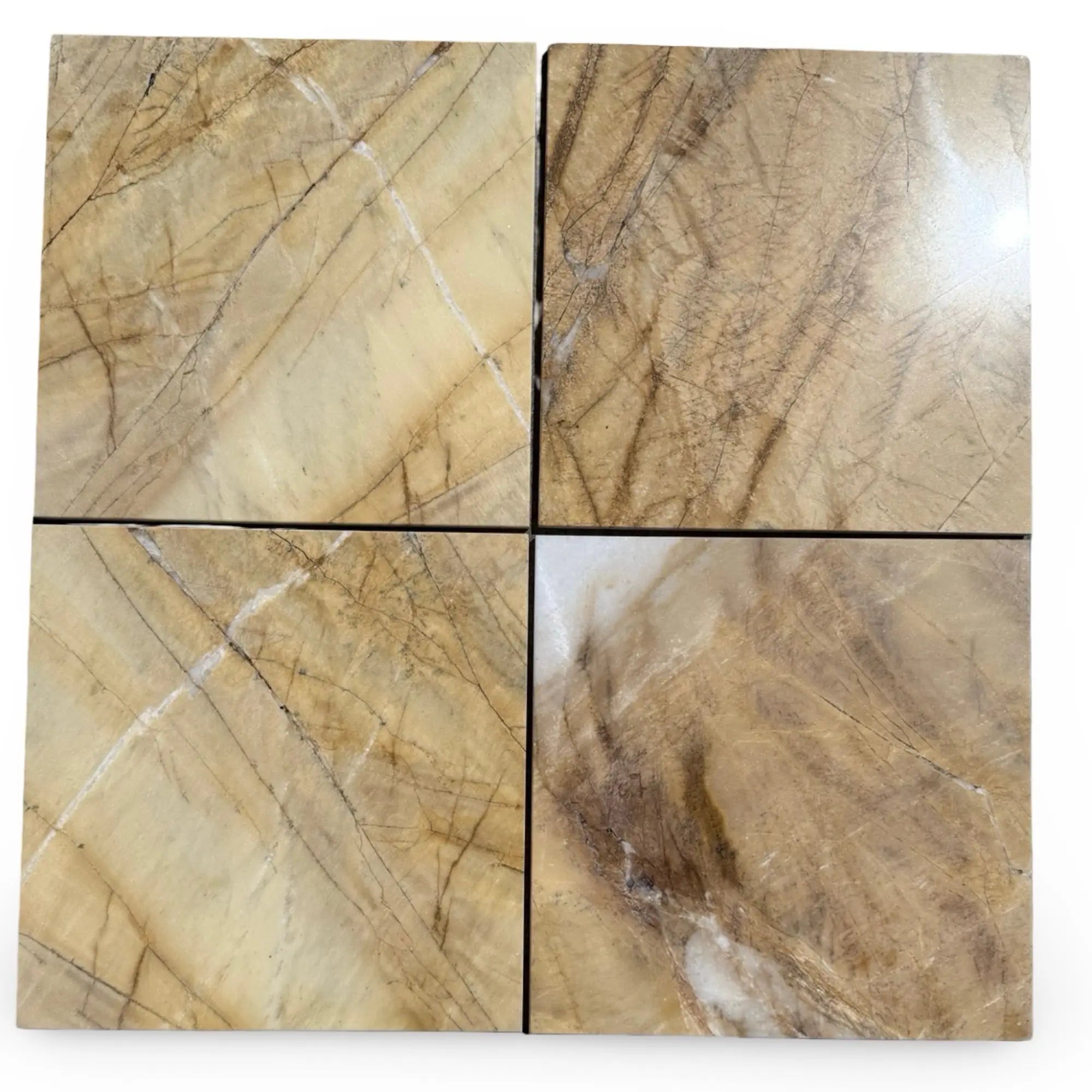 Golden Horizon Marble
Golden Horizon Marble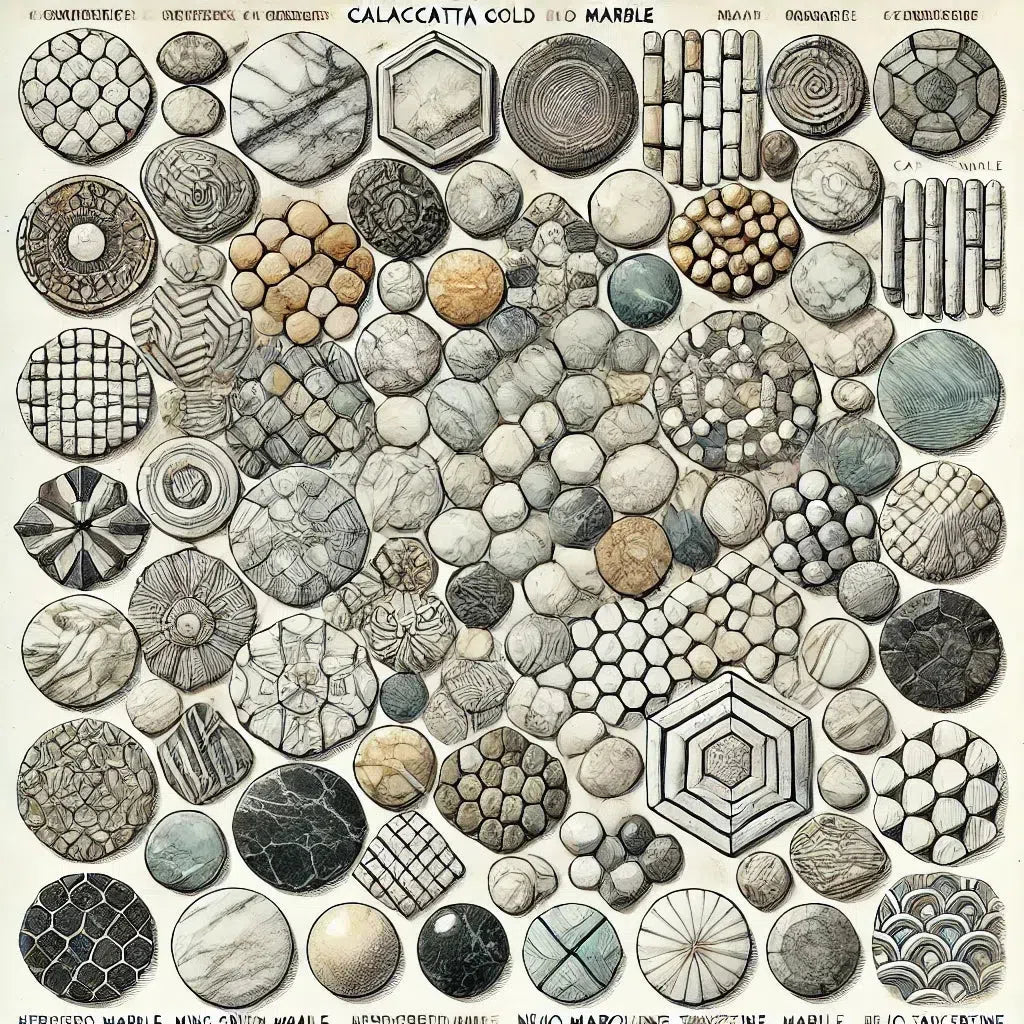 Shop By Type
Shop By Type
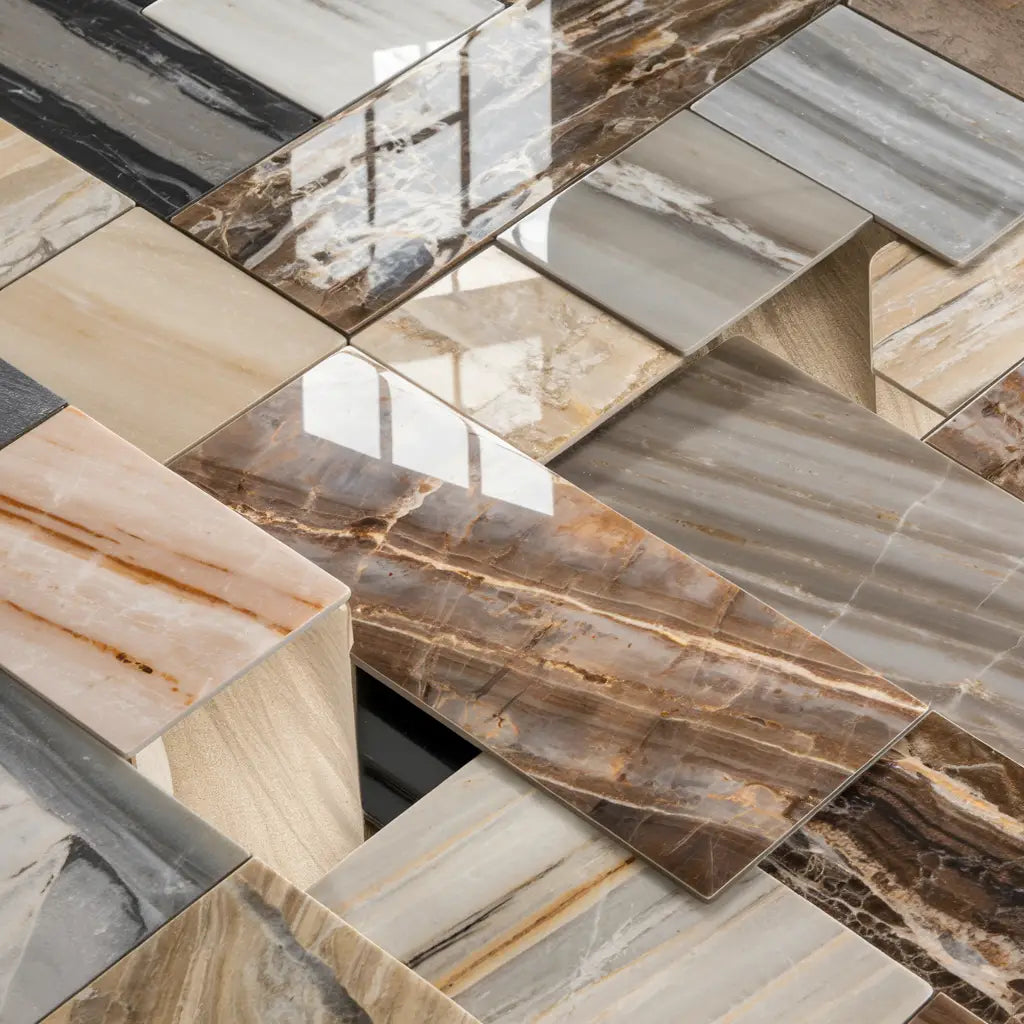 Marble Tiles
Marble Tiles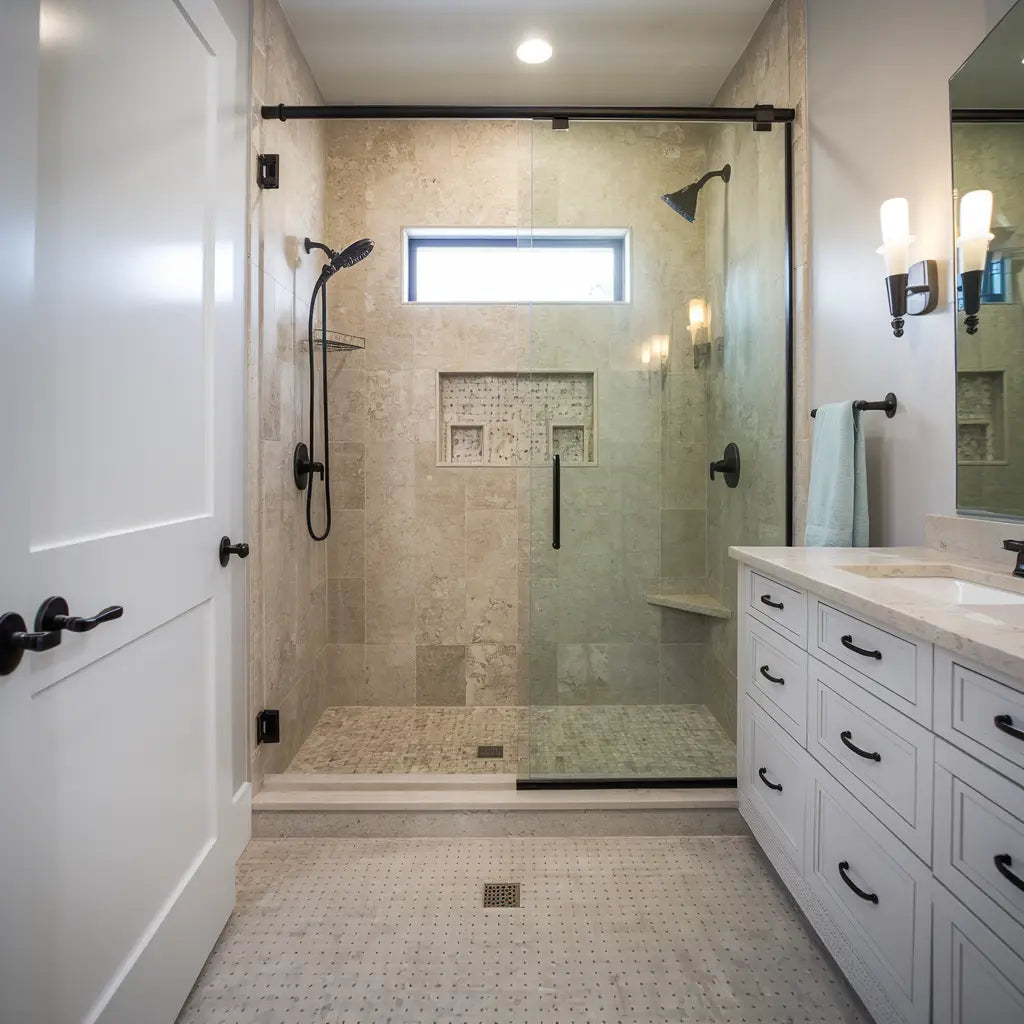 Marble Mosaic
Marble Mosaic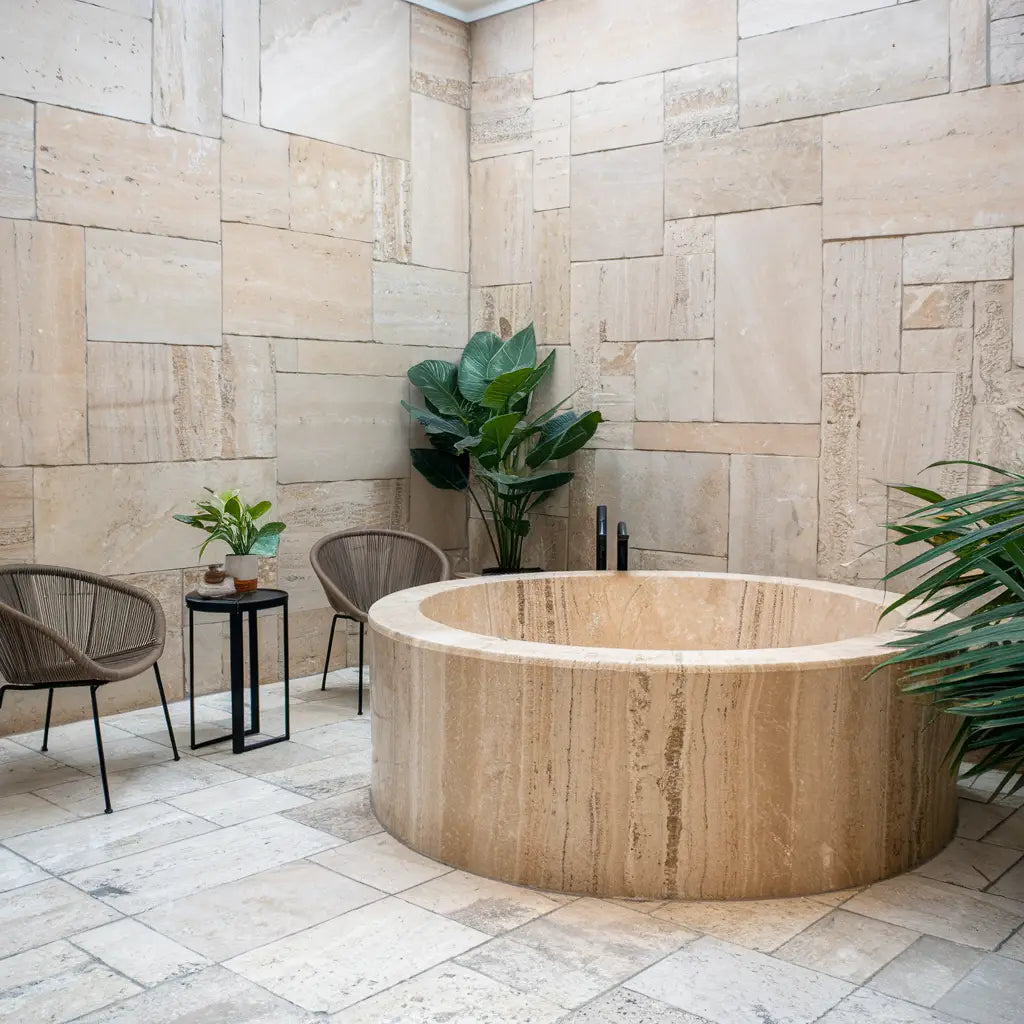 Travertine Tiles
Travertine Tiles Travertine Mosaic
Travertine Mosaic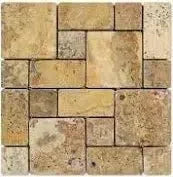 4 pcs Versailles Pattern / French Pattern Set
4 pcs Versailles Pattern / French Pattern Set Molding/Trim
Molding/Trim Border/Listello
Border/Listello Ledger-Panel
Ledger-Panel Checkerboard
Checkerboard Patterned Tile Collection
Patterned Tile Collection  Shop By Finish
Shop By Finish
 Polished
Polished Honed
Honed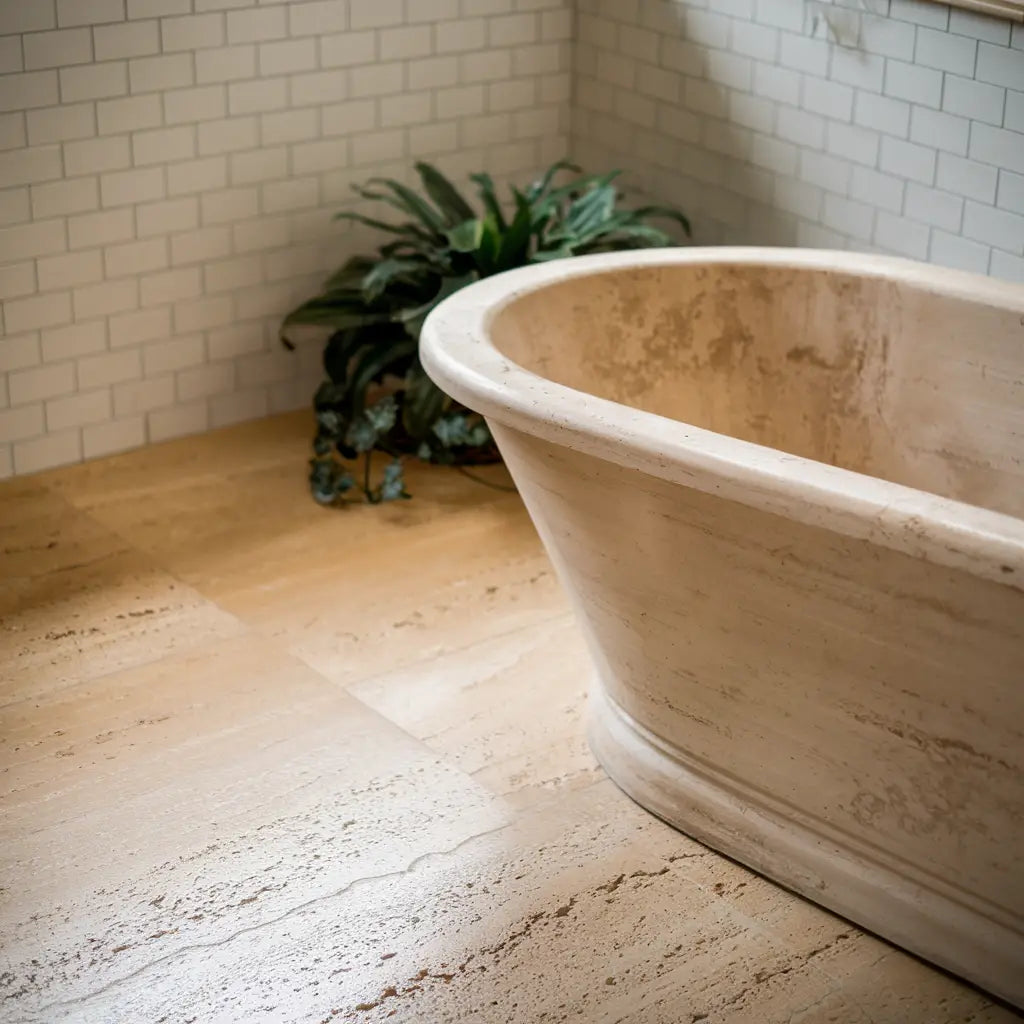 Brushed
Brushed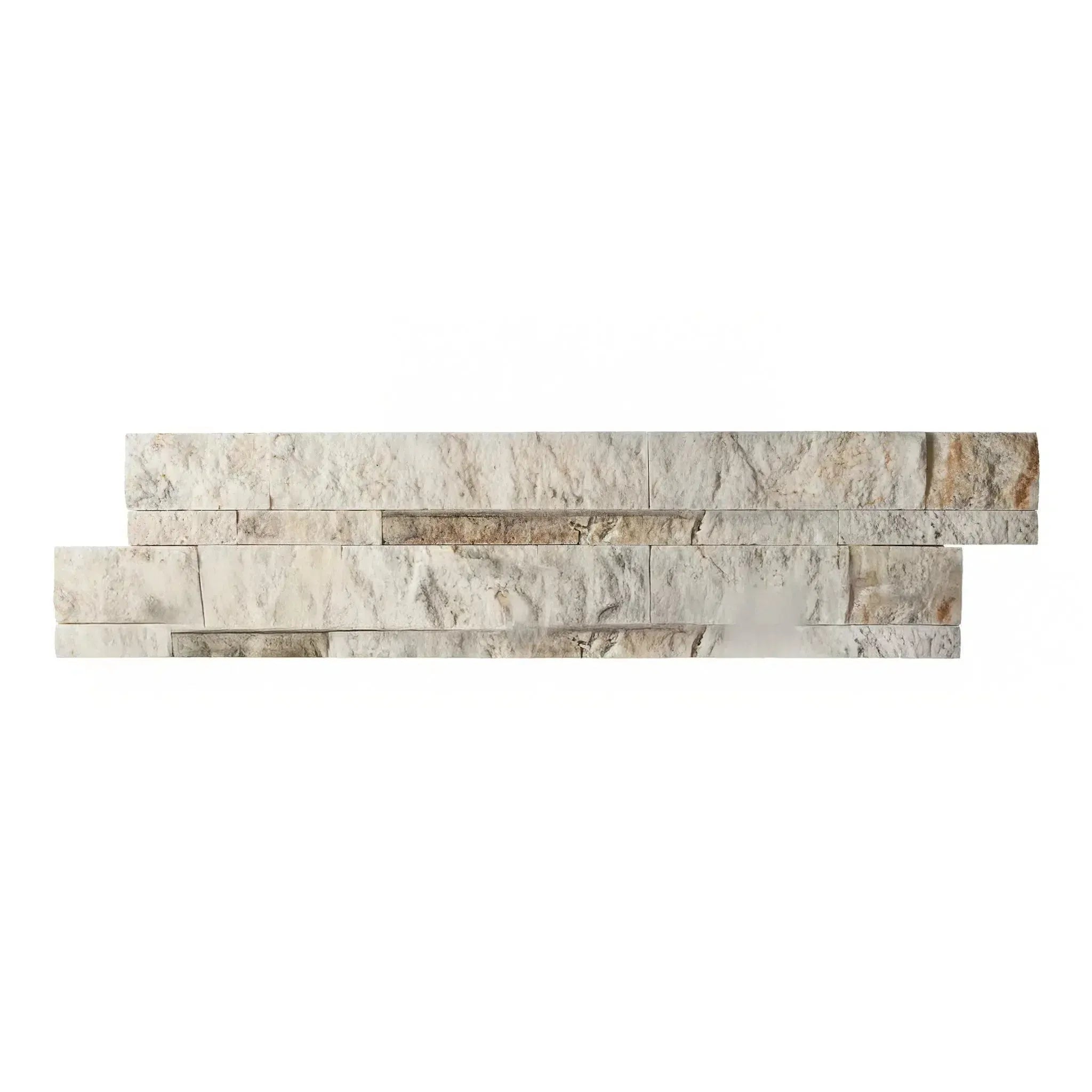 Split Face
Split Face Textured
Textured Tumbled
Tumbled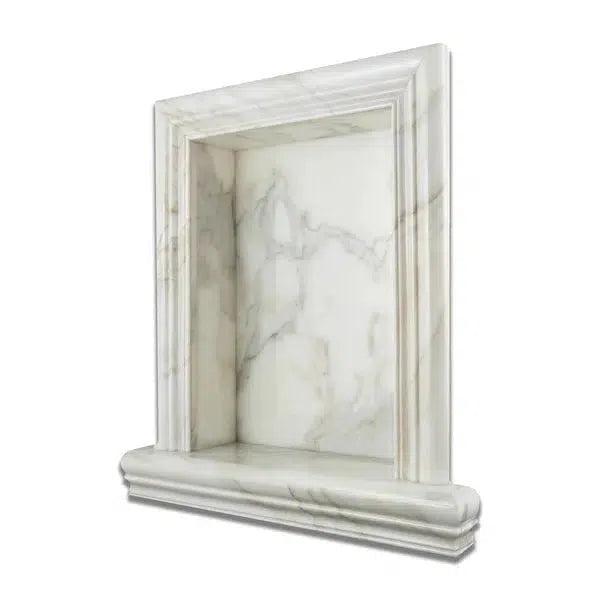 Accessories
Accessories
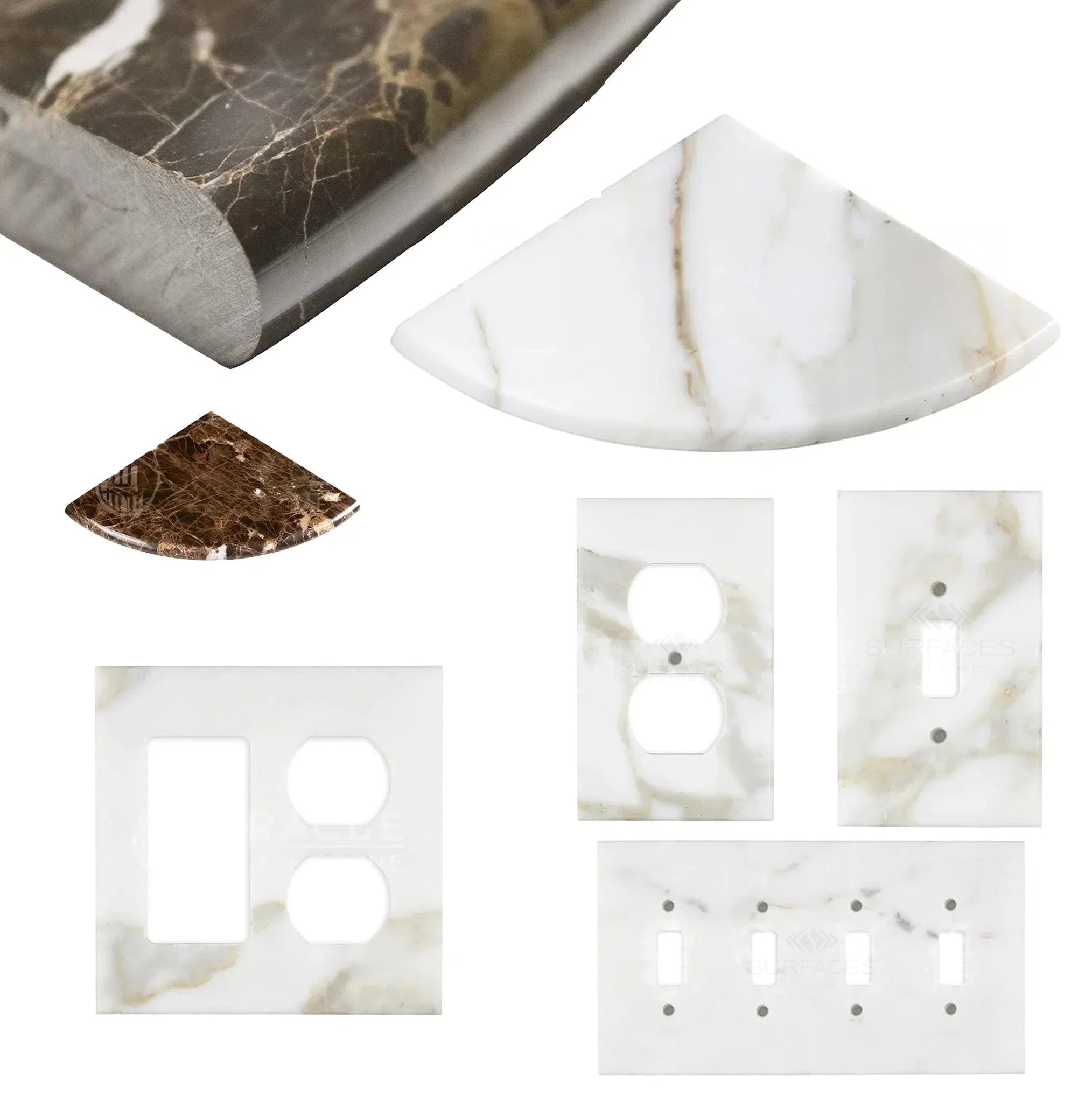 Wall Plate / Switch Plate
Wall Plate / Switch Plate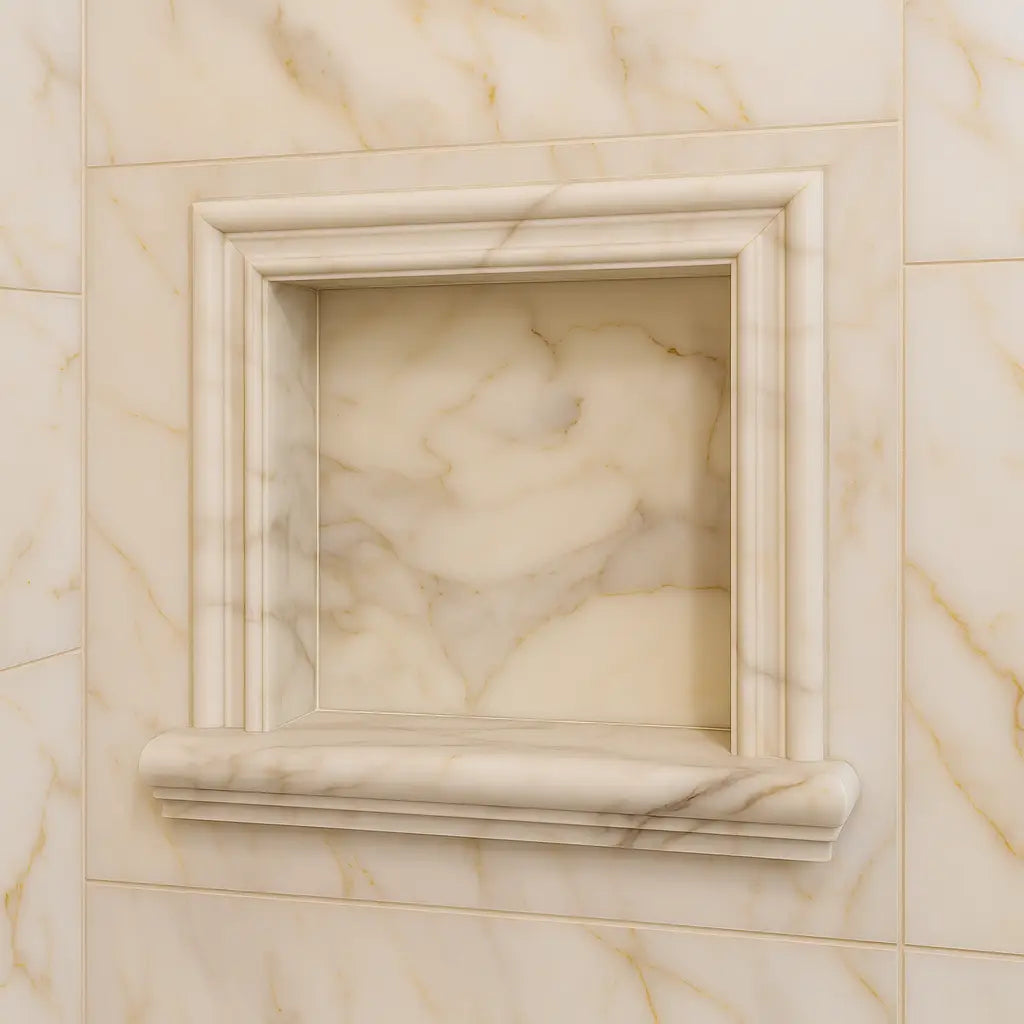 Shampoo Niche
Shampoo Niche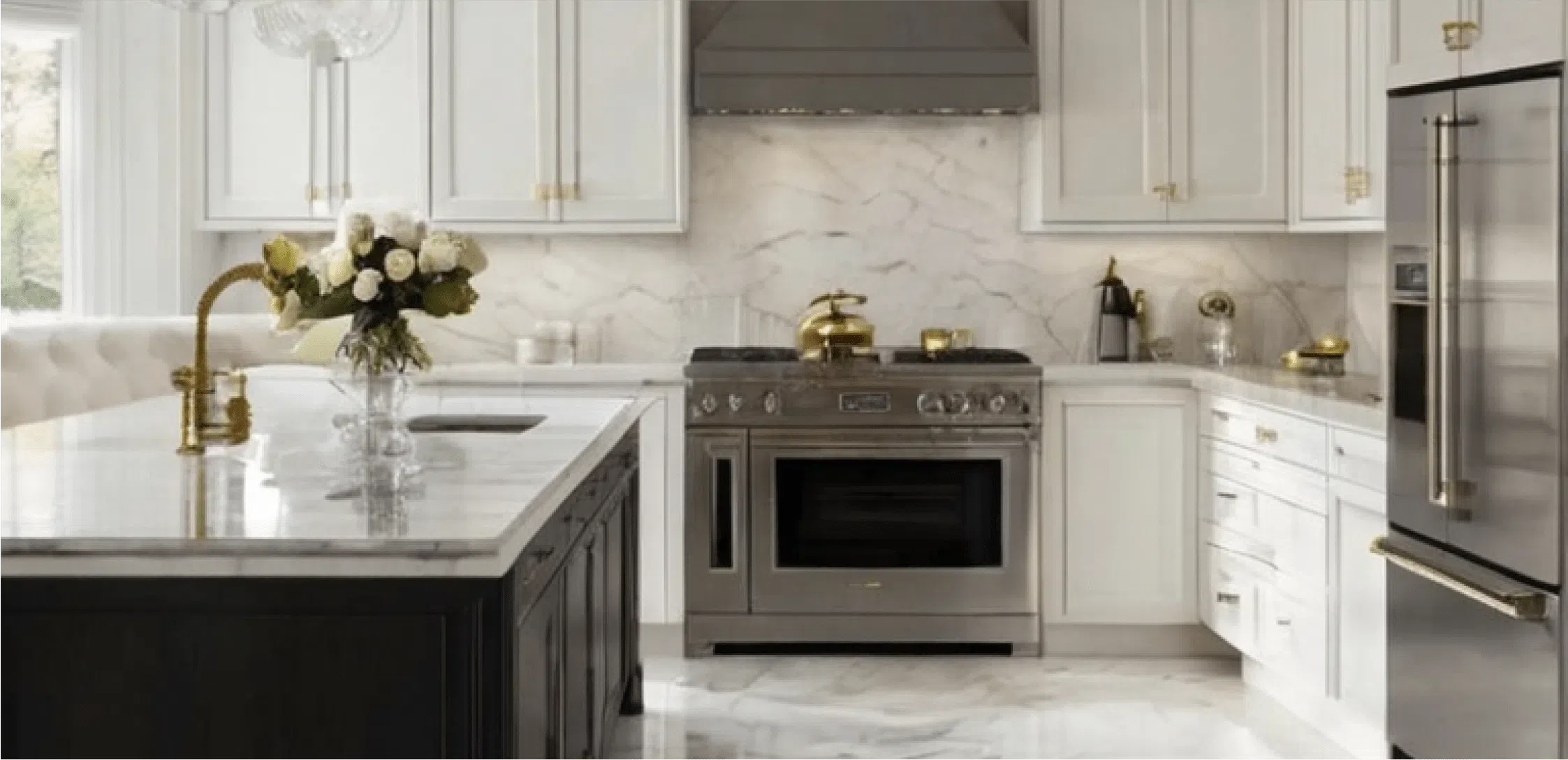 Corner Shelf
Corner Shelf Clearance
Clearance





Leave a comment